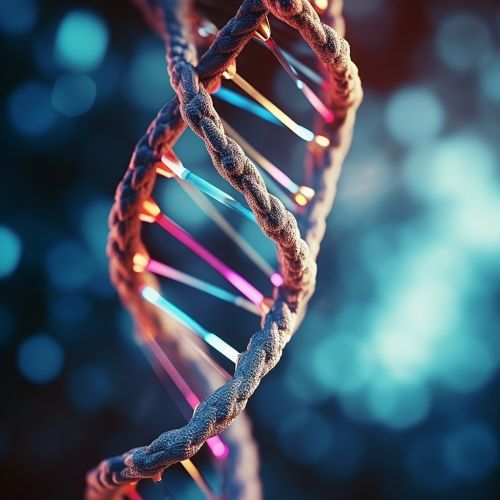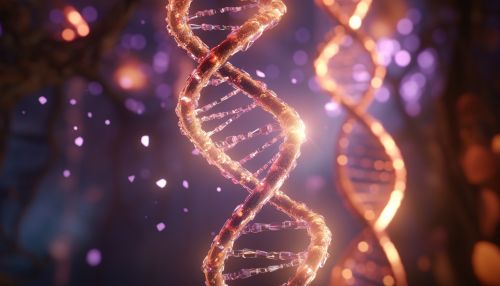Conservation Genetics of Endangered Species
Introduction
Conservation genetics is a subfield of genetics that aims to understand the genetic diversity and loss of diversity in endangered species. This field of study is crucial for the preservation and survival of species as it provides insights into genetic problems that may lead to extinction. It also provides strategies for managing genetic diversity and reducing the risk of extinction.
Concept of Conservation Genetics
Conservation genetics focuses on the genetic aspects of biodiversity conservation. It involves the study of genetic variation within species, and how this variation affects the survival and adaptation of species in changing environments. The primary goal of conservation genetics is to maintain genetic diversity and prevent the loss of genetic variation that can lead to a decrease in the fitness and adaptability of species.


Importance of Conservation Genetics
Conservation genetics plays a vital role in the conservation of endangered species. It provides the necessary genetic information that can be used to develop effective conservation strategies. This information includes the genetic diversity within a species, the genetic differences between populations of the same species, and the genetic factors that contribute to the vulnerability of a species to extinction.
Genetic Diversity and Endangered Species
Genetic diversity is a key factor in the survival and adaptability of species. It provides the genetic resources that species need to adapt to changing environments. However, many endangered species have low genetic diversity due to factors such as habitat loss, overexploitation, and environmental changes. This low genetic diversity can lead to inbreeding depression, loss of adaptability, and increased risk of extinction.
Conservation Strategies in Genetics
Conservation genetics provides several strategies for conserving genetic diversity in endangered species. These strategies include genetic management, captive breeding, reintroduction programs, and habitat restoration. Genetic management involves the management of genetic diversity within and between populations. Captive breeding involves the breeding of endangered species in captivity to increase their numbers and genetic diversity. Reintroduction programs involve the release of captive-bred individuals into their natural habitats. Habitat restoration involves the restoration of degraded habitats to support the survival and reproduction of endangered species.
Challenges in Conservation Genetics
Despite its importance, conservation genetics faces several challenges. These challenges include the lack of genetic data for many endangered species, the difficulty of obtaining genetic samples from endangered species, the complexity of genetic processes and their effects on species survival, and the difficulty of implementing genetic management strategies in the field.
Future of Conservation Genetics
The future of conservation genetics lies in the development of new genetic technologies and methods that can provide more accurate and detailed genetic information for conservation. These technologies and methods include next-generation sequencing, genomic analysis, and genetic editing. These advances will enable conservation geneticists to better understand the genetic basis of species survival and adaptability, and to develop more effective conservation strategies.
